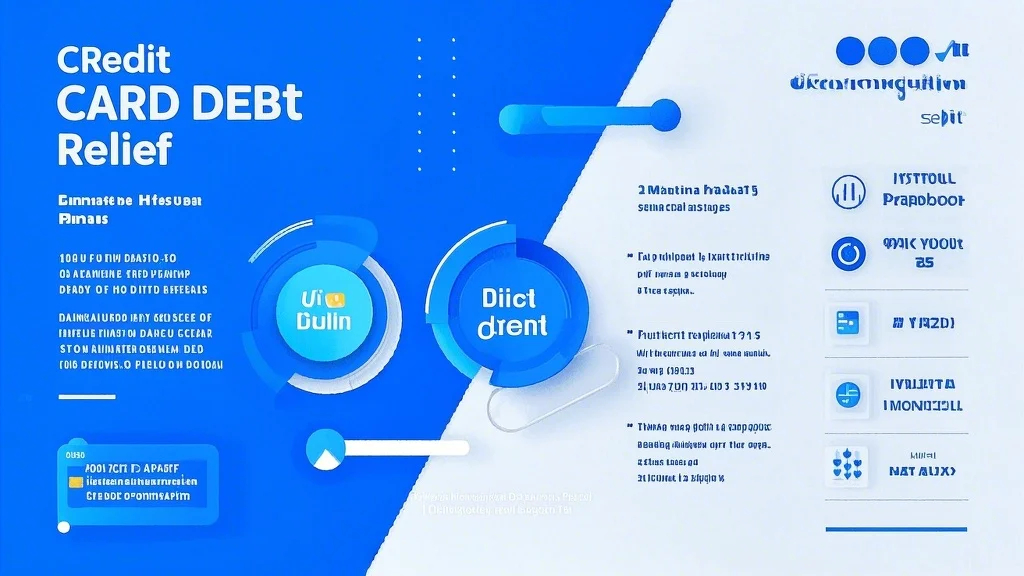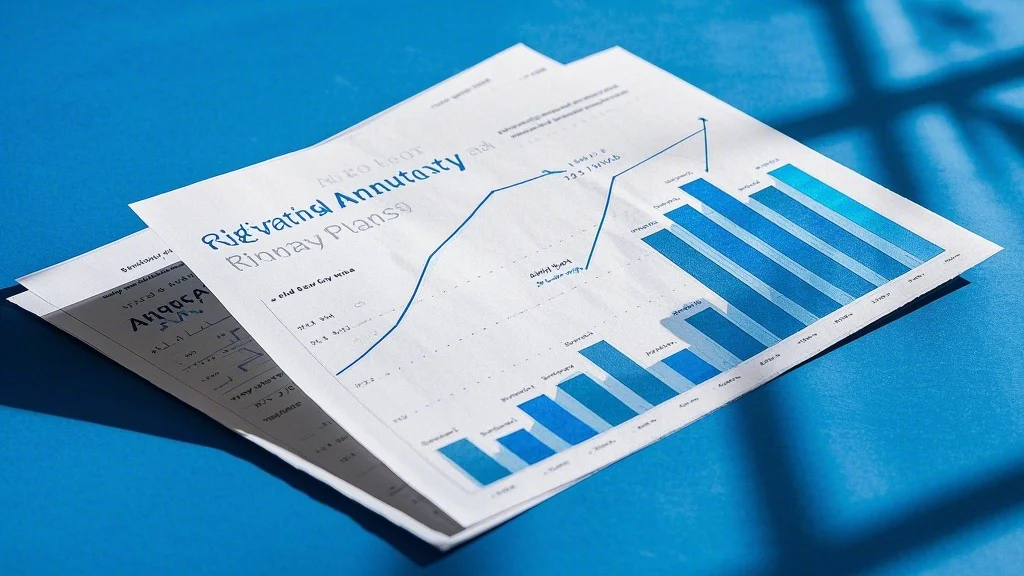Understanding Credit Card Debt and the Need for Relief
In today’s fast-paced world, credit cards have become an integral part of our daily lives. They offer convenience, flexibility, and sometimes even rewards. However, for millions of people, credit cards have also become a source of stress and financial burden. High interest rates, unexpected expenses, and poor financial habits can quickly turn a small balance into overwhelming debt. If you find yourself drowning in credit card debt, it’s important to recognize that you’re not alone—and there’s hope for recovery.

Debt relief programs are designed to help individuals like you manage and eliminate credit card debt effectively. These programs provide a structured approach to tackling debt, offering solutions such as debt consolidation, debt management plans, and more. But with so many options available, it’s crucial to understand your needs and goals before committing to a program.
The Problem with Credit Card Debt
Credit card debt is a pervasive issue in modern society. According to recent studies, millions of Americans carry credit card balances, with the average household credit card debt exceeding $6,000. What makes credit card debt particularly problematic is the high-interest rates associated with it. If left unchecked, even small balances can snowball into larger debts due to compounding interest.
Additionally, credit card debt can negatively impact your credit score, making it difficult to secure loans, purchase a home, or even rent an apartment. High levels of debt can also lead to feelings of stress, anxiety, and financial instability. It’s no wonder that so many people are seeking effective ways to manage and eliminate their credit card debt.
Why Debt Relief Programs Are a Viable Solution
Debt relief programs are tailored to help individuals take control of their financial situation and work toward debt-free living. These programs offer a range of services, including debt consolidation, budgeting advice, and credit counseling. The primary goal is to reduce the burden of credit card debt while providing tools and strategies to improve financial habits.
One of the key benefits of debt relief programs is that they can help you consolidate multiple credit card balances into a single, more manageable payment. This not only simplifies the repayment process but can also lower the overall interest rate you pay. Additionally, many programs provide guidance on creating a realistic budget and prioritizing expenses, which is essential for long-term financial stability.
How to Evaluate Debt Relief Options
When searching for the right debt relief program, it’s important to evaluate your options carefully. Not all programs are created equal, and some may be more suitable for your specific financial situation than others. Here are a few factors to consider:
Program Features: Look for programs that offer services such as debt consolidation, budgeting support, and credit counseling. A comprehensive program will address both the immediate debt and the underlying financial habits that contributed to the problem.
Reputation and Reviews: Research the reputation of the debt relief company or organization. Look for reviews from past clients and check if the company is accredited by credible financial institutions.
Cost: Many debt relief programs charge fees for their services. Be sure to understand the costs involved and whether they are worth the investment. Avoid companies that promise quick fixes or guarantee debt elimination without a structured plan.
Flexibility: Life is unpredictable, and a good debt relief program should offer some flexibility in case your financial situation changes. Look for programs that allow for adjustments to your repayment plan without penalties.
By evaluating these factors, you can make an informed decision and choose a debt relief program that aligns with your financial goals.
Choosing the Right Credit Card Debt Relief Program
Once you’ve decided to seek help for your credit card debt, the next step is to find the right program for your needs. With so many options available, it’s essential to take the time to research and compare different debt relief programs. Here are some steps to guide you in finding the right fit:
Understanding Different Types of Debt Relief Programs
Debt relief programs come in various forms, each with its own set of features and benefits. The most common types of programs include:
Debt Consolidation: This involves combining multiple credit card balances into a single loan or credit line. The advantage is that you’ll have only one payment to manage, and the interest rate may be lower than what you’re currently paying on individual cards.
Debt Management Plan (DMP): A DMP is a structured repayment plan that works with your creditors to reduce interest rates and create an affordable payment schedule. This is often managed through a credit counseling agency.
Debt Settlement: Debt settlement involves negotiating with creditors to reduce the amount you owe. This option can be risky, as it may negatively impact your credit score, but it can be effective for those who qualify.
Bankruptcy: Bankruptcy is a legal process that can discharge or restructure debt. While it can provide immediate relief, it’s a serious step that should only be considered as a last resort, as it will significantly affect your credit score.
Each of these options has its own pros and cons, so it’s important to weigh them carefully based on your financial situation and goals.
Assessing Your Financial Situation
Before enrolling in any debt relief program, take the time to assess your current financial situation. This includes evaluating your income, expenses, and the total amount of credit card debt you owe. Understanding your financial reality will help you make an informed decision and set realistic expectations for your recovery.
It’s also important to consider your long-term financial goals. Are you looking to become debt-free as quickly as possible, or are you more focused on minimizing monthly payments? Your answers to these questions will help you choose a program that aligns with your priorities.
Working with a Reputable Provider
Choosing the right debt relief program starts with selecting a reputable provider. Look for companies that are accredited by financial institutions or industry associations. Additionally, check for reviews and testimonials from past clients to get an idea of their experiences.
When working with a debt relief provider, make sure they are transparent about their services and fees. Avoid companies that make unrealistic promises, such as eliminating your debt in a matter of months without a feasible plan.
Creating a Customized Plan
A good debt relief program will work with you to create a customized plan that fits your unique needs. This plan should include a clear roadmap for repayment, as well as strategies for improving your financial habits. It’s important to choose a program that offers ongoing support and guidance, ensuring you stay on track throughout the repayment process.
Staying Committed to Your Financial Recovery
Once you’ve selected the right debt relief program, the next step is to stay committed to your financial recovery. This means adhering to your repayment plan, avoiding new credit card debt, and making consistent progress toward your goals. Remember, financial recovery is a journey, and it requires discipline and patience.
By choosing the right credit card debt relief program and staying committed to your financial goals, you can regain control of your finances and achieve long-term stability. Debt relief is not just about eliminating debt—it’s about building a foundation for a brighter financial future.
